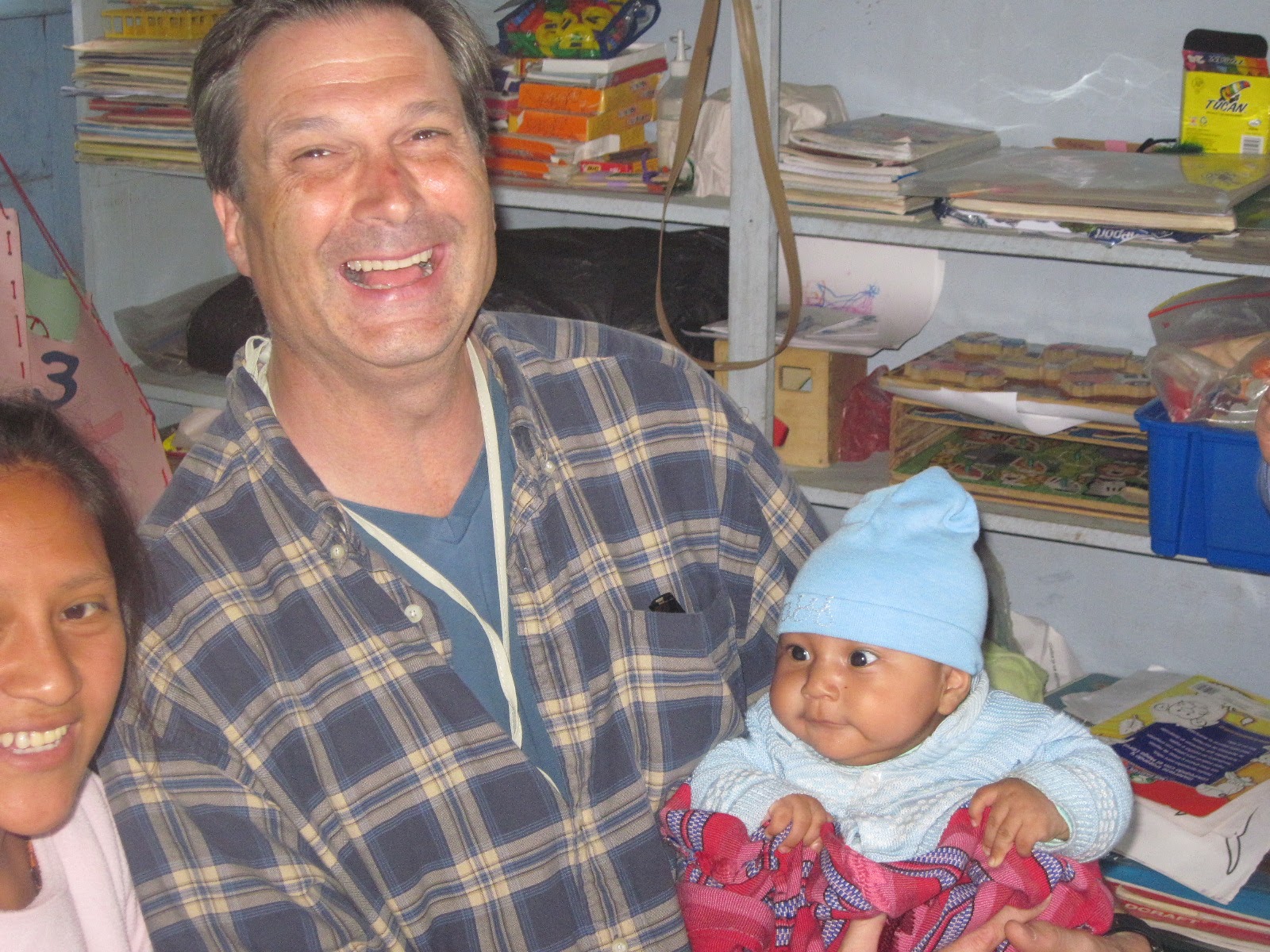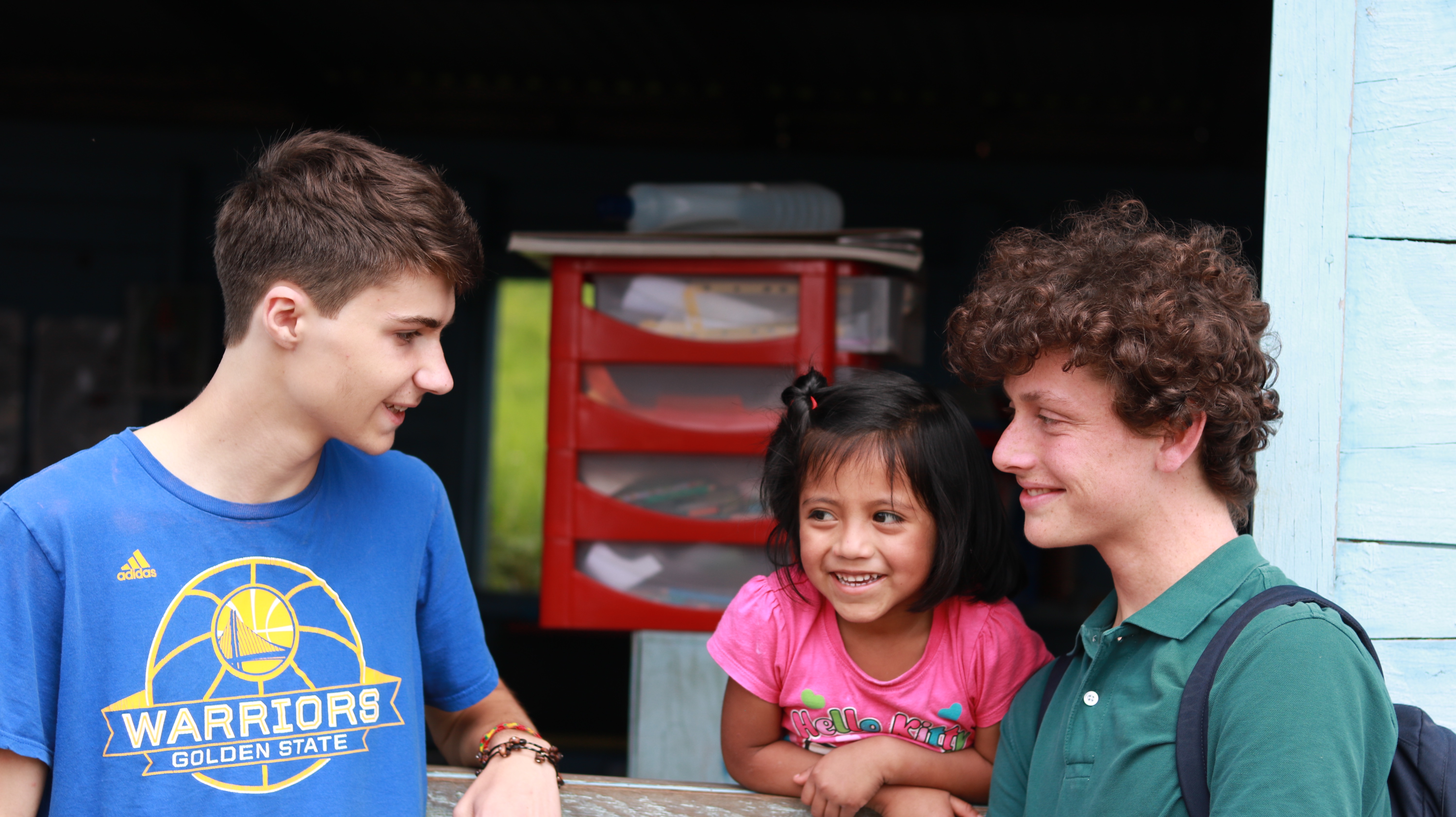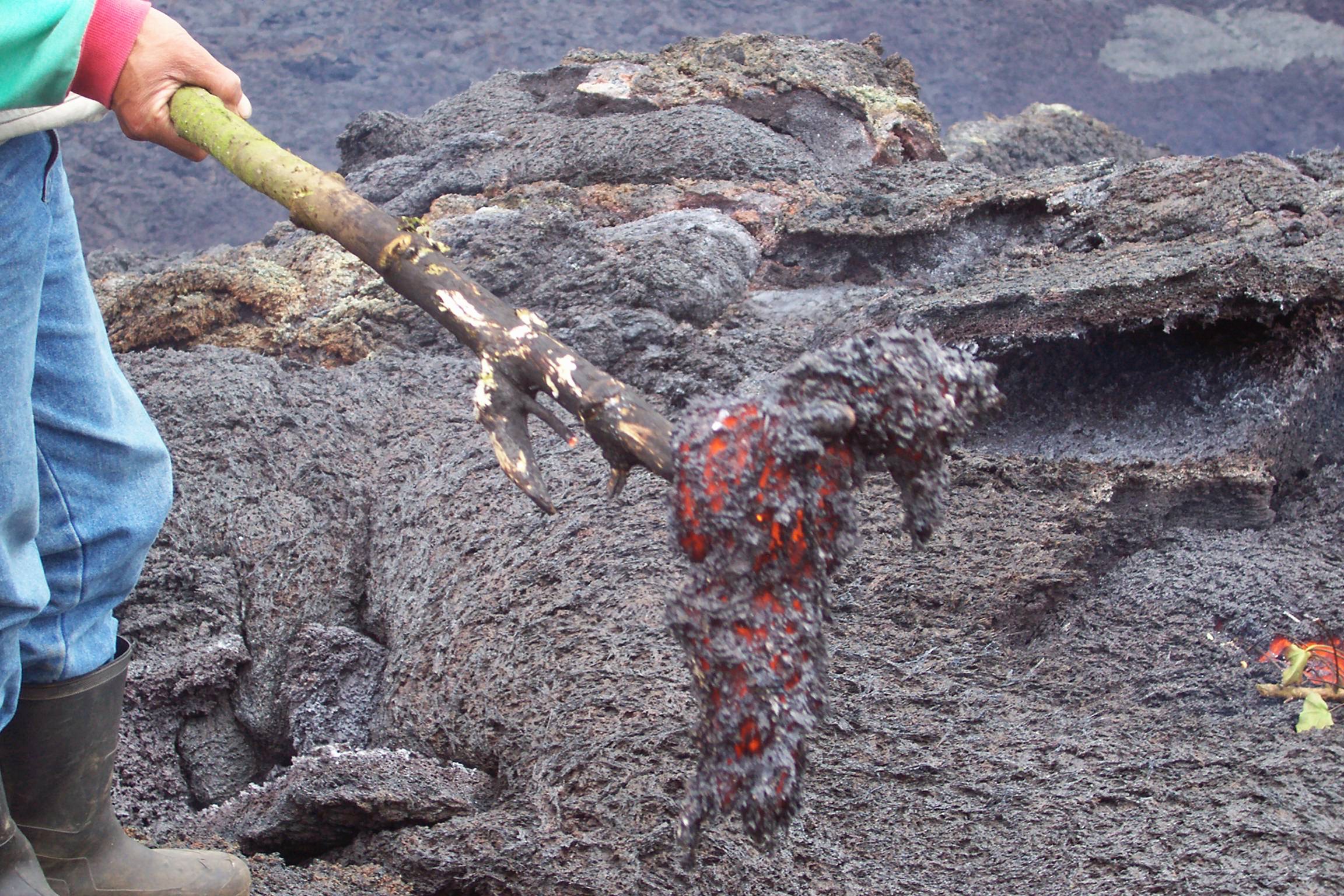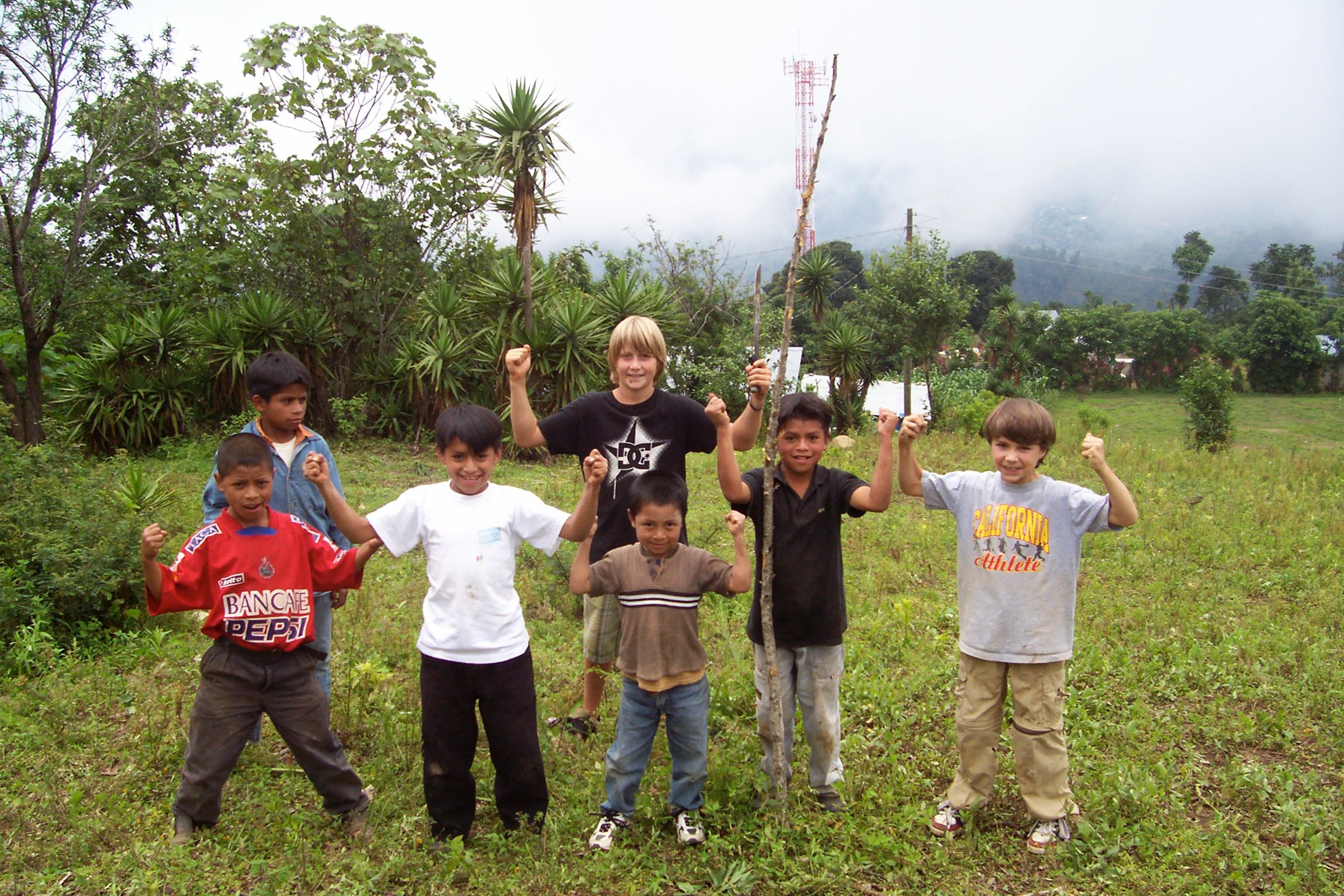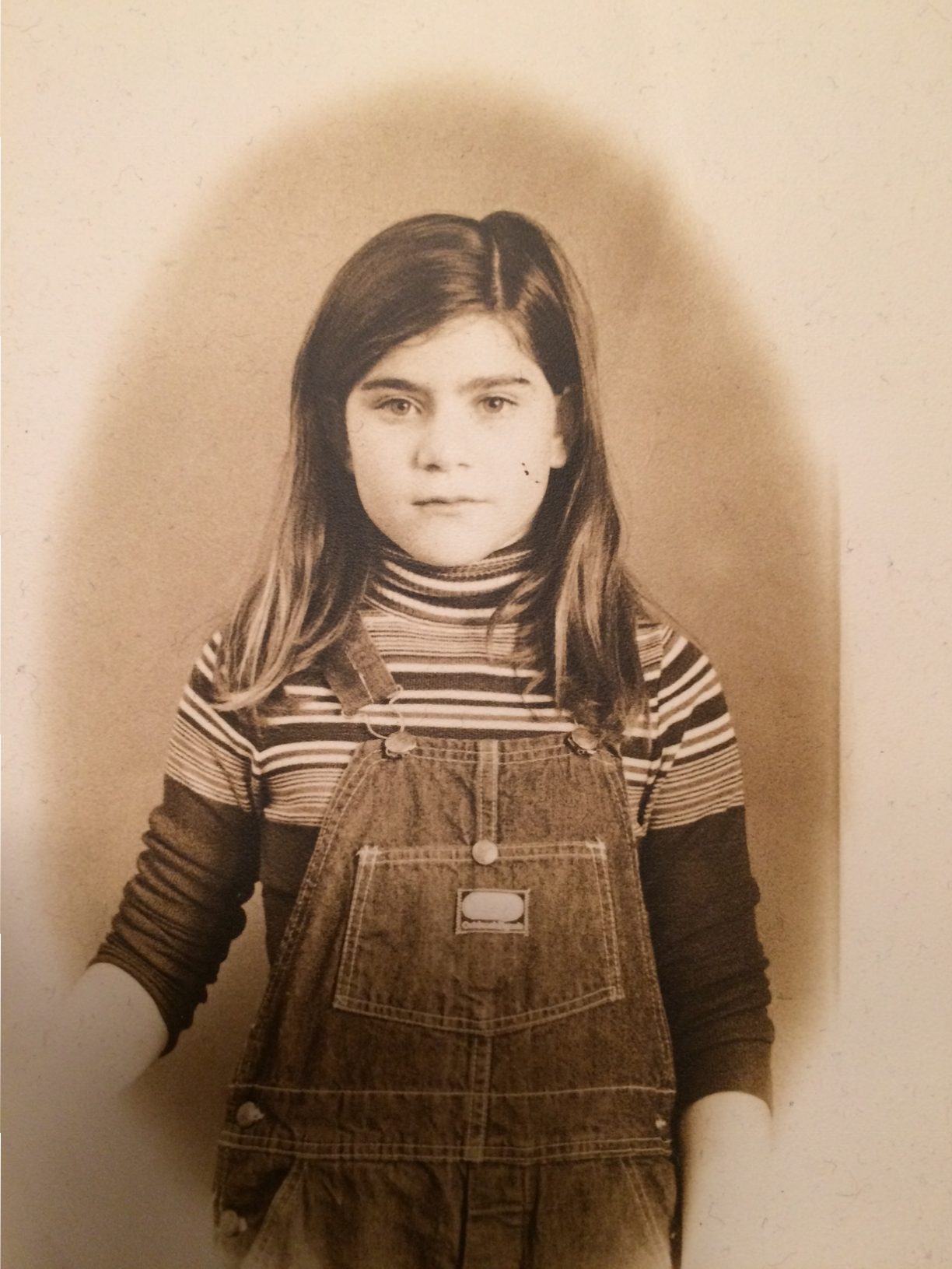 “Aloha, it’s so great to meet you,” Regina said as I stepped off the runway in sunny Kona. Hawaii.
“Aloha, it’s so great to meet you,” Regina said as I stepped off the runway in sunny Kona. Hawaii.
We gave each other a hug.
“It’s nice to meet you too, after all this time,” I said.
I had been anticipating this moment for 20 years. That’s when I first found out that I had a half-sister. I had been adopted as a baby and had never known anything about my birthparents or siblings until I turned 30. At that time my birthparents, who had gone separate ways, each contacted me and we exchanged a few letters. My birthmother had never had any more children but my birthfather had gotten married and had a daughter and a son. More than 10 years passed until I finally decided to meet my birthparents, who are both in Chicago. Then another eight years passed until I had the opportunity to meet my sister, who lives in Hawaii.
The thing that surprised me most about Regina was her voice. We became friends on Facebook about eight years ago and I’ve seen plenty of pictures. I knew we looked a little bit alike and I knew she had lots of animals, including pet pigs. I also saw photos of her tattooed arms, which feature images of her animals surrounded by flowers. Her latest tattoo is quite attractive, stretching just below her neck from shoulder to shoulder like a necklace. You need to look carefully to see her pigs Baron and Boyd ensconced in a hearts and flowers.
Regina’s voice was lighter and higher than I expected. Somehow I thought this woman, who proudly announces her veganism and animal activism online, would have a lower voice and a brusque manner. Instead, she sounded kind, even when I ordered a sandwich with bacon at the lunch place she picked out.
“I hope I’m not offending you,” I said as I realized with horror what I had done.
“Oh, not all,” she said. “My husband eats everything.”
Still, I couldn’t eat the bacon when it came. I couldn’t eat much at all. I was so focused on our conversation. As I listened to Regina talk about her family and growing up in Chicago I felt drawn into another world, a world I may have lived if things had gone differently. My birthfather, Frank, had told me that his Italian Catholic family wanted him to keep me. They were family people. But he and my birthmother were only teenagers and they weren’t married. At that time unmarried pregnant girls were sent to homes where they would live until they gave birth.
When I met Frank for the first time, eight years ago, he drove me to the neighborhood just outside of Chicago where he grew up. He pointed out his high school and the tidy red brick home where his family lived. It was tight quarters, he said, with parents and five kids living in that little house.
I mentioned this to Regina and she said it had been tough for Frank. His parents worked hard and demanded a lot from the kids. If they left for the day they would give all the kids a long list of chores to do. For Regina, however, her grandparents’ house was filled with great memories of Italian Sunday dinners. She spent lots of time in the basement with her cousins around an old-fashioned jukebox. I couldn’t help but imagine myself in that setting. I grew up in California, far away from my cousins. Although we got along well, we saw each other once a year at best. And we didn’t have a strong tie to our countries of origin. Would I be a different person today with that kind of family dynamic?
For Regina, the tight family culture was somewhat constraining. She didn’t want to solely identify with one culture, one people. She dreamed of going to New Mexico. She attended college there, studied archeology and took a class on weaving for fun. She ended up getting a job as a weaver for six years. Later she moved to Idaho and New York. She became a vet tech. Then she moved to Hawaii. She never returned to Chicago, much to the dismay of her parents.
***
“Your voice, it sounds just like my aunt in Wisconsin,” said Sandy, my birthmother, on our first phone call eight years ago.
Perhaps it was comforting to my birthmother that I had something in common with her family. I did live in the Midwest until age 8 and then I returned there for four years for college. So perhaps I do sound something like a woman in Wisconsin.
Other than the familiar voice, however, Sandy and I had few obvious traits in common. When we eventually met later that year I realized she had a hard edge about her. She had grown up very poor, with an absent father. She had to live in a rented garage during high school, when she dated Frank. She was a hard worker and had always been independent, without a spouse. She was a successful businessperson. Now she had two homes. She sent me pictures of them. One in Arizona. The other in Chicago in a ritzy high-rise tower. She had platinum blond hair and called herself “Blondie.” I liked her spunk.
As I recounted some of this to Regina though, I felt sad. Sad that my birthmother had to grow up poor. Sad that her pregnancy was taboo. Sandy told me that as soon as I was born, I was whisked away. Her own mother never said a word about me for the rest of her life. It was hard to repeat these words—for the rest of her life.
“I could have kept you. It could have worked out,” Sandy had told me when we met for lunch that day eight years ago at the top of the Hancock building in Chicago.
I sensed defiance in her voice. I wondered if things really could have worked out. It would have been a different life for me, for sure.
***
Why do people seek out their long-lost family members? Frank was the one who initially decided to find me. He couldn’t remember the name of the adoption agency that handled my case so he called Sandy, whom he hadn’t seen in years. They reconnected and had the agency send me a letter asking if I would accept their letters. When I said yes, I quickly received a greeting card from Sandy that said, “One day I knew I’d find you” on the outside. I wondered how she had found such a perfect card.
I received a cassette tape from Frank with a small note that explained he wasn’t much of a writer so he recorded himself talking. His voice sounded calm and quiet. He spoke slowly and deliberately, choosing each word. He told me about his work as a truck mechanic and about his family. He said he had thought of me often through the years and wanted to make sure I was OK. I wrote letters back to each of them telling them about my life and my family.
The adoption agency told me it was rare for a birthfather to seek out his adopted child. I felt honored that I was one of the few to get this attention. I certainly wasn’t lacking in love from my adoptive parents. They are among the most loving people I know. I grew up with an abundance of care and support. I have a close relationship with my brother, who is also adopted. However, I was touched that my birthfather, and then my birthmother, would reach out to me with interest and care.
There’s a deeper story, however, which I only learned from Regina. At the time Frank began to look for me he was undergoing some soul-searching. Regina had moved far away for college and wasn’t returning. His adolescent son was causing waves. Frank wondered if he had done something wrong. He hoped finding me would show him that he had done something right.
“Finding you and seeing you were happy gave Dad a lot of peace,” Regina said.
I’ve still only seen Sandy once and Frank a few times on trips to Chicago. We exchange Christmas cards some years but we don’t talk on the phone. I see now that for both my birthparents the idea of connecting with me really was about alleviating their doubts and fears, not becoming close friends. Or perhaps they are giving me respectful distance.
After lunch, Regina took us to her house. It could have been any nice house in a quiet subdivision on the mainland. But hers had a mango tree outside, a banana tree in the back—and 11 dogs, 11 cats and two pet pigs. The dogs and pigs had their own rooms downstairs complete with a big-screen TV and as soon as we arrived, Regina let a few upstairs, who promptly greeted us with wet licks. Then she let them all out in the back to romp around. She’s known on the big island as the person to call if you find a lost animal. Most of her animals are rescues. She and her husband Mario would like to move out to the country where they could have more land and more animals.
Later, on our way out of the neighborhood, Regina stopped to greet some friends. “Hey,” she yelled out the car window. “I want you to meet someone. This is my sister.”
Her friends looked surprised. Maybe she had never told them about me. I was pleased she had introduced me as her sister.
Soon the sun was setting over the Pacific Ocean and my husband and I had to catch the little island hopper plane back to Maui, where we were staying. We had drinks with Regina and Mario at a seaside bar in Kona before our flight. Mario, who is originally from Mexico and has dreadlocks down to his waist, talked a lot about his time living in California and his bold move to Hawaii. He told us his dream to someday run an orphanage and senior center on the island.
“Well, you’re already running an orphanage in a way,” joked my husband, referring to their menagerie of pets.
We all laughed.
I felt I had fulfilled my own dream that day. I had never had a sister in my life until that moment.
Postscript: Shortly after we left Hawaii, Kilauea began erupting. Fortunately Regina lives on the other side of the island. However, she has been involved nonstop in rescuing the many animals lost or at risk because of the volcano. She’s taken in more animals and found homes for others. She’s an inspiration and I hope to see her on the mainland next time she’s here.
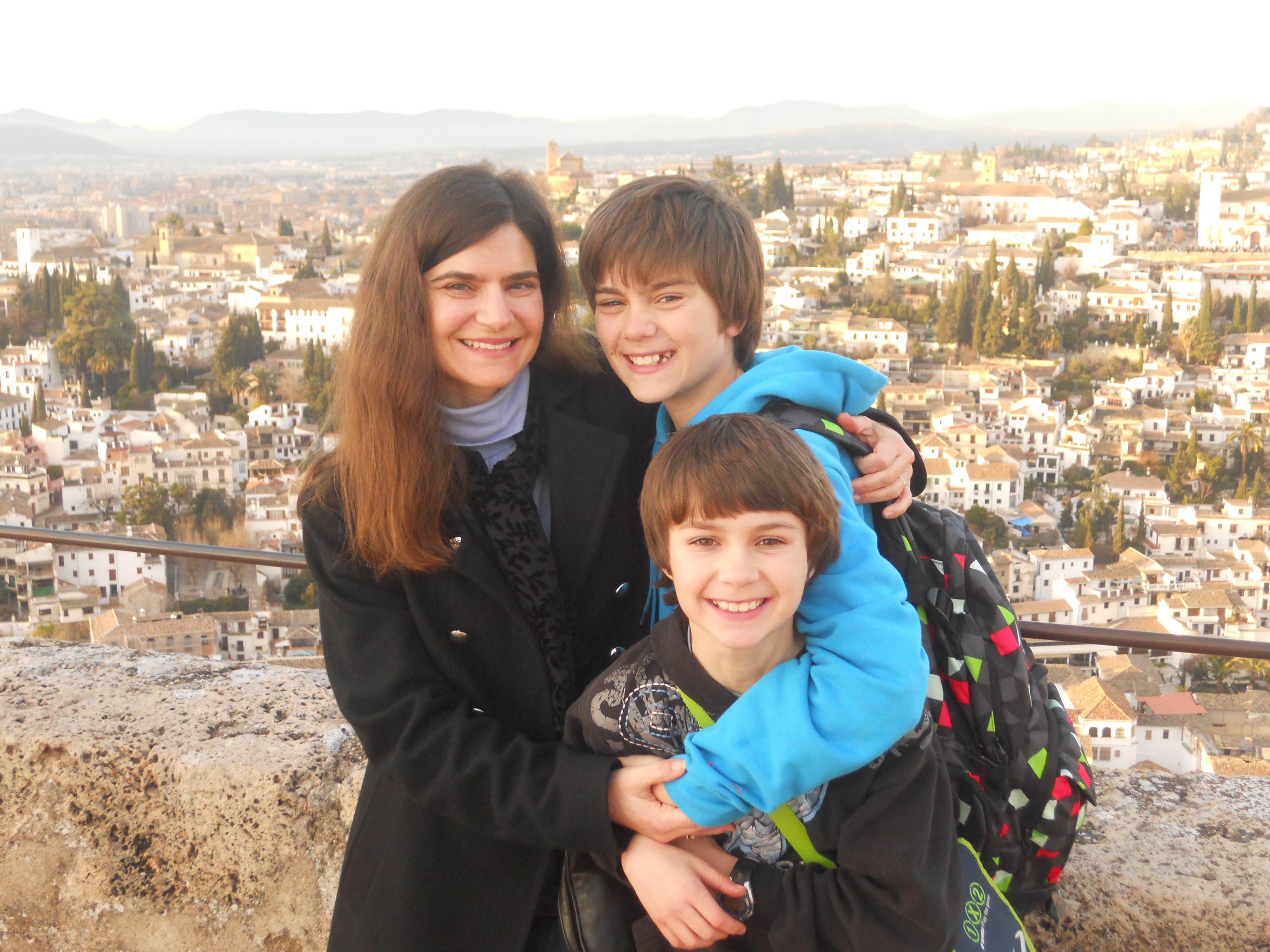

 “Aloha, it’s so great to meet you,” Regina said as I stepped off the runway in sunny Kona. Hawaii.
“Aloha, it’s so great to meet you,” Regina said as I stepped off the runway in sunny Kona. Hawaii.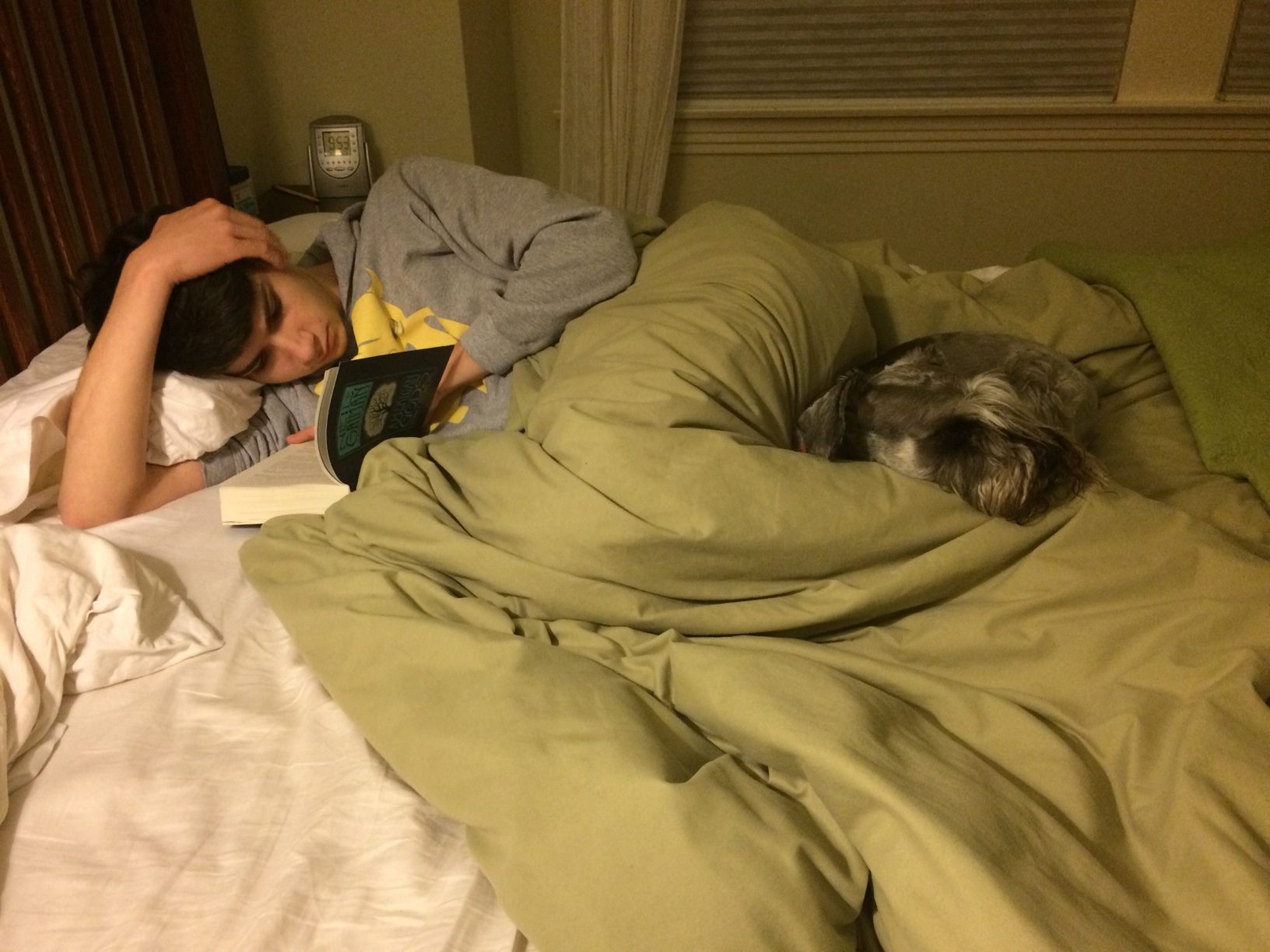 Do you have a favorite time of day? Maybe it’s looking forward to that first sip of coffee in the morning. Maybe it’s listening to your favorite song or podcast on the way home from work.
Do you have a favorite time of day? Maybe it’s looking forward to that first sip of coffee in the morning. Maybe it’s listening to your favorite song or podcast on the way home from work. My son and I surveyed the stacks of clean clothes on his bed. Did he have everything he needed for his second year in college? And what about his guitar propped against the wall? Should he bring that along too? We bantered back and forth about packing details and I tried to imagine what it was going to be like for my son to move into his first apartment off campus this year.
My son and I surveyed the stacks of clean clothes on his bed. Did he have everything he needed for his second year in college? And what about his guitar propped against the wall? Should he bring that along too? We bantered back and forth about packing details and I tried to imagine what it was going to be like for my son to move into his first apartment off campus this year.


